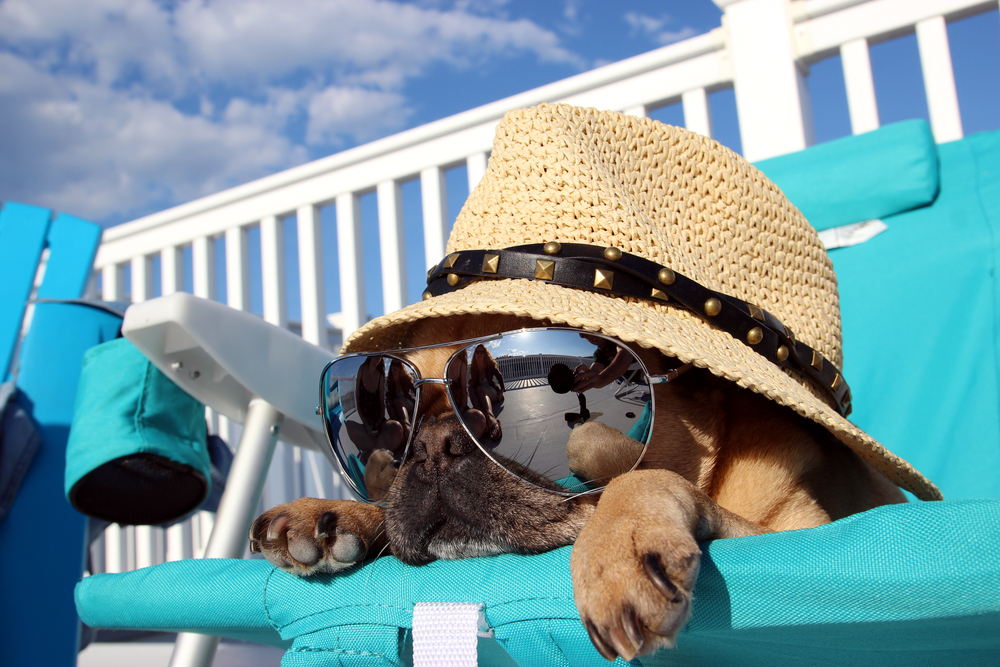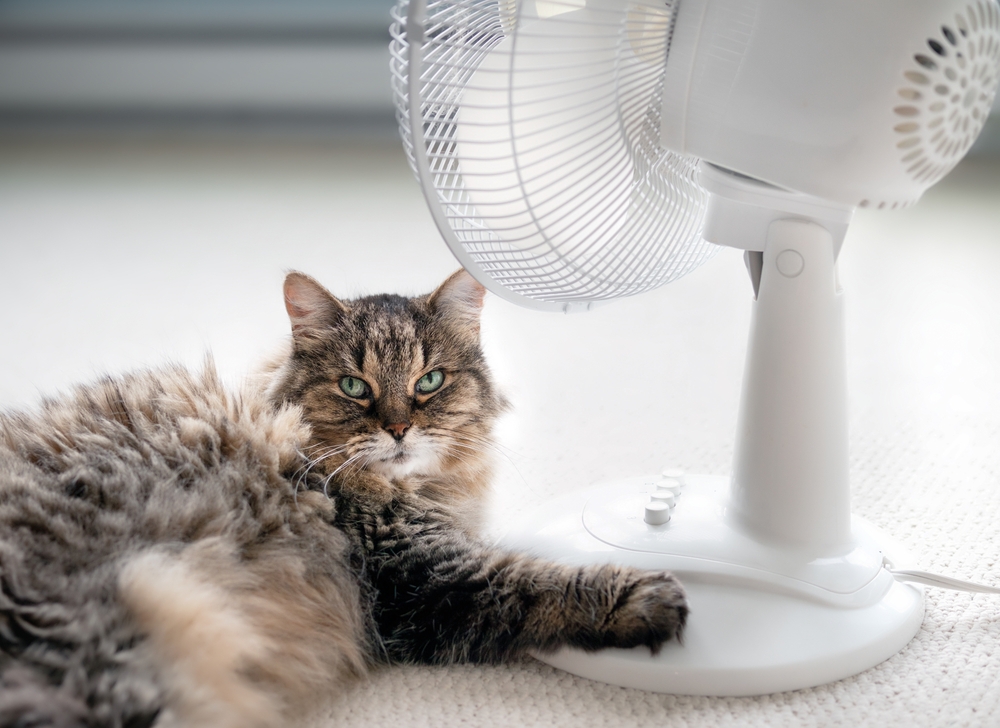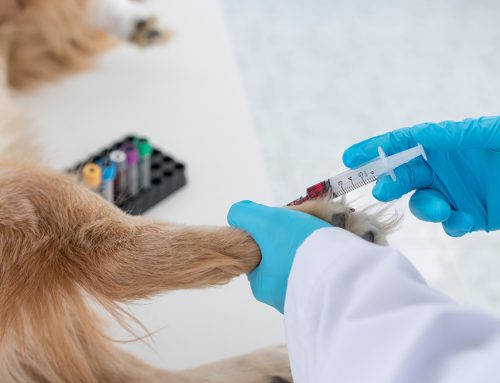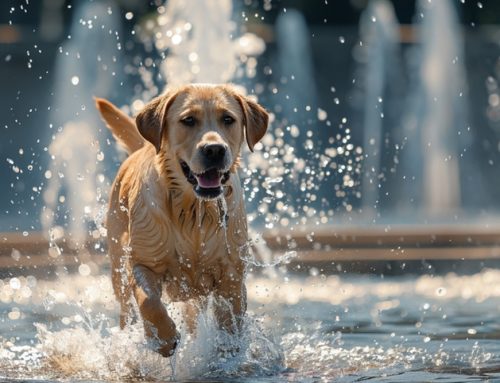Heatstroke is a potentially life-threatening condition, and your pet’s risk is significant when temperatures are elevated and humidity is high. Because our Boca Midtowne Animal Hospital team knows how sweltering a Florida summer can be, we explain why heatstroke is so dangerous to pets, and we provide tips you can follow to help prevent your four-legged friend from developing this condition.
Heatstroke in pets
A pet’s normal body temperature is around 101 to 102.5 degrees. When conditions occur that cause their temperature to elevate to 104 degrees or higher, a true emergency exists. Heatstroke is defined as an increased body temperature not associated with fever. The condition can be classified as exertional, which occurs when pets are exercised excessively, or nonexertional, which occurs when pets are exposed to an elevated environmental temperature without their body having the ability to cool adequately. Heatstroke causes multiple detrimental effects throughout the body, including:
- Decreased circulating blood — Initially, the body attempts to cool itself, but when these measures fail, the heart struggles to pump blood effectively, leading to a decrease in the blood circulating throughout the body, which results in numerous complications.
- Electrolyte imbalances — Electrolyte imbalances occur as dehydration occurs and blood is unable to circulate adequately.
- Heart arrhythmias — Thermal injury can damage the heart muscle, leading to arrhythmias.
- Respiratory distress — Decreased perfusion and thermal injury cause lung tissue damage, resulting in respiratory distress.
- Gastrointestinal (GI) wall compromise — Without adequate blood supply, the GI wall breaks down, allowing bacteria to enter the bloodstream, and potentially leading to sepsis.
- Kidney dysfunction — Damage to sensitive kidney tissue leads to an inability to filter body waste.
- Neurologic complications — Decreased perfusion and thermal injury can cause brain swelling, bleeding, and cell death, leading to neurologic complications.
- Blood clotting complications — Heatstroke can trigger disseminated intravascular coagulation (DIC) that results in blood clotting abnormalities throughout the body.
Keep your pet hydrated
Dehydration increases your pet’s heatstroke risk. To help prevent your pet from developing heat-related health complications, ensure they remain well hydrated by following these tips:
- Providing options — Provide numerous water sources throughout your home and outside.
- Keeping their water bowls clean — Clean your pet’s water bowls and refresh them daily.
- Being prepared — Bring bottled water and a portable bowl when you go on outings with your pet. Offer your four-legged friend a drink every hour.
- Making hydration fun — Pet water fountains often intrigue pets, especially cats. A fountain may entice your pet to drink more fluids.
Know your pet’s heatstroke risk
Heatstroke can affect any pet. However, your furry pal has an increased heatstroke risk depending on the following conditions:
- Age — Older pets have more difficulty regulating their body temperature, predisposing them to heatstroke.
- Breed — Flat-faced (i.e., brachycephalic) pets, such as bulldogs, pugs, shih tzus, boxers, and Persian cats, can’t circulate air well through their mouths when they pant. Because panting is the primary way pets dissipate heat, having a flat facial structure increases brachycephalic pets’ heatstroke risk. Check out these examples of early corrective airway surgery, performed by Dr. Man, to reduce the risk of heatstroke and respiratory diseases in brachycephalic dogs, and enhance their overall quality of life.
- Obesity — Overweight pets have an insulating fat layer that inhibits their body’s ability to cool down.
- Hair coat — Pets who have a dense hair coat can’t dissipate heat well, and have an increased heatstroke risk.
- Illness — Conditions such as heart disease, laryngeal paralysis, and tracheal collapse, increase your pet’s heatstroke susceptibility.
Acclimate your pet to the summer temperatures
Allow your pet to acclimate to the heat by initially taking short walks and gradually increasing the time you spend outside in the heat. Full acclimation can take up to 60 days, but your pet should be partially acclimated to the summer temperatures within 10 to 20 days.
Never leave your unattended pet in a parked vehicle
On a relatively cool day, temperatures inside a parked vehicle can increase by an average of 40 degrees in one hour, putting your unattended pet in significant danger. Never leave your pet unattended in a parked vehicle. Leaving your vehicle in a shady area or cracking the windows open is not enough to prevent your pet from quickly overheating.
Exercise your pet safely
Do not allow your pet to exercise intensely on hot, humid days, and when on outings, take frequent breaks in the shade to let your pet cool down and drink water. In addition, walk your pet in the early morning and evening hours when summer temperatures tend to be cooler.
Keep your pet indoors with the air-conditioning running
When the weather is especially hot and humid, consider keeping your pet indoors with the air-conditioning running to ensure they don’t overheat. In addition, close your curtains and blinds to keep indoor temperatures as cool and comfortable as possible.
Protect your pet’s paws
Pavement and asphalt quickly heat up under the blazing sun, potentially burning your pet’s paw pads. To protect your pet’s sensitive paw pads from blistering, walk your furry pal on grass or dirt. If you can’t avoid paved areas, outfit your pet with booties.
Protect your pet from sunburn

Exposure to a high ultraviolet (UV) index can cause your pet to become sunburned, especially if they are shorthaired. To prevent sunburn, apply sunscreen. To ensure the sunscreen you apply to your pet will be safe and effective, follow these tips:
- Choose an appropriate product — Ingredients, such as zinc oxide and para-aminobenzoic acid (PABA), commonly found in sunscreens intended for humans, are toxic to pets. To ensure a product is safe for your four-legged friend, apply a sunscreen specifically intended for pets.
- Test the product — Before using the product on several areas of your pet’s body, apply the sunscreen on a small area of their skin to ensure your four-legged friend isn’t allergic to the product.
- Apply the product before going outdoors — About 20 minutes before going outdoors, apply sunscreen to your pet’s vulnerable areas, such as the bridge of their nose, around their mouth, abdomen, groin, inner thighs, and anywhere hair is sparse and pigmentation is light.
- Prevent your pet from licking off the product — To allow the product to absorb properly, ensure your pet doesn’t lick for about 10 to 15 minutes after you have applied their sunscreen to allow the product to absorb properly.
- Reapply the product — Reapply your pet’s sunscreen every four to six hours, or after they go swimming.
If your pet overheats, gets sunburned, or suffers another heat-related illness or injury, contact our American Animal Hospital Association (AAHA)-accredited Boca Midtowne Animal Hospital team, so we can assess their condition and administer the care they need.








Leave A Comment